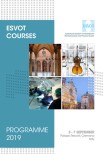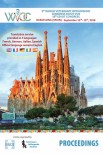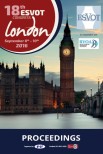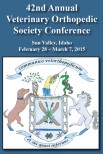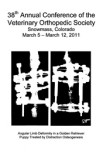OBJECTIVES: To evaluate negative pressure wound therapy (NPWT) for treatment of complicated wounds in dogs.
STUDY TYPE: Retrospective multicentre study.
MATERIALS AND METHODS: Dogs (n = 50) undergoing open wound treatment were classified according to treatment method used: bandage (Group A, n = 7), NPWT (Group B, n = 18), and foam dressing (Group C, n = 25). Pairs of patients matched based on wound conformation, localization, and underlying cause were compared between Group A and C (n = 7 pairs) and between groups B and C (n = 18 pairs) in terms of duration of previous treatment, time to closure, and complications.
RESULTS: Signalment, antibiotic medications, antiseptic treatment, and bacterial status of wounds were comparable between groups. The duration of previous treatment was significantly higher in patients assigned to Group B (p = 0.04) compared to Group C, while no significant difference was found between groups A and B. Total time to wound closure was significantly shorter in Group C compared to Group A (p = 0.02) and in Group B compared to Group C (p = 0.003). Wounds treated with NPWT suffered significantly less complications (p = 0.008) and were significantly less septic during treatment (p = 0.016) than wounds treated with a foam dressing.
CONCLUSION: This study shows that time to healing was halved in NPWT treated patients compared to foam dressing treated patients, which in turn healed faster than patients treated with conventional bandage, underlining the value of NPWT therapy for the treatment of complicated wounds.

